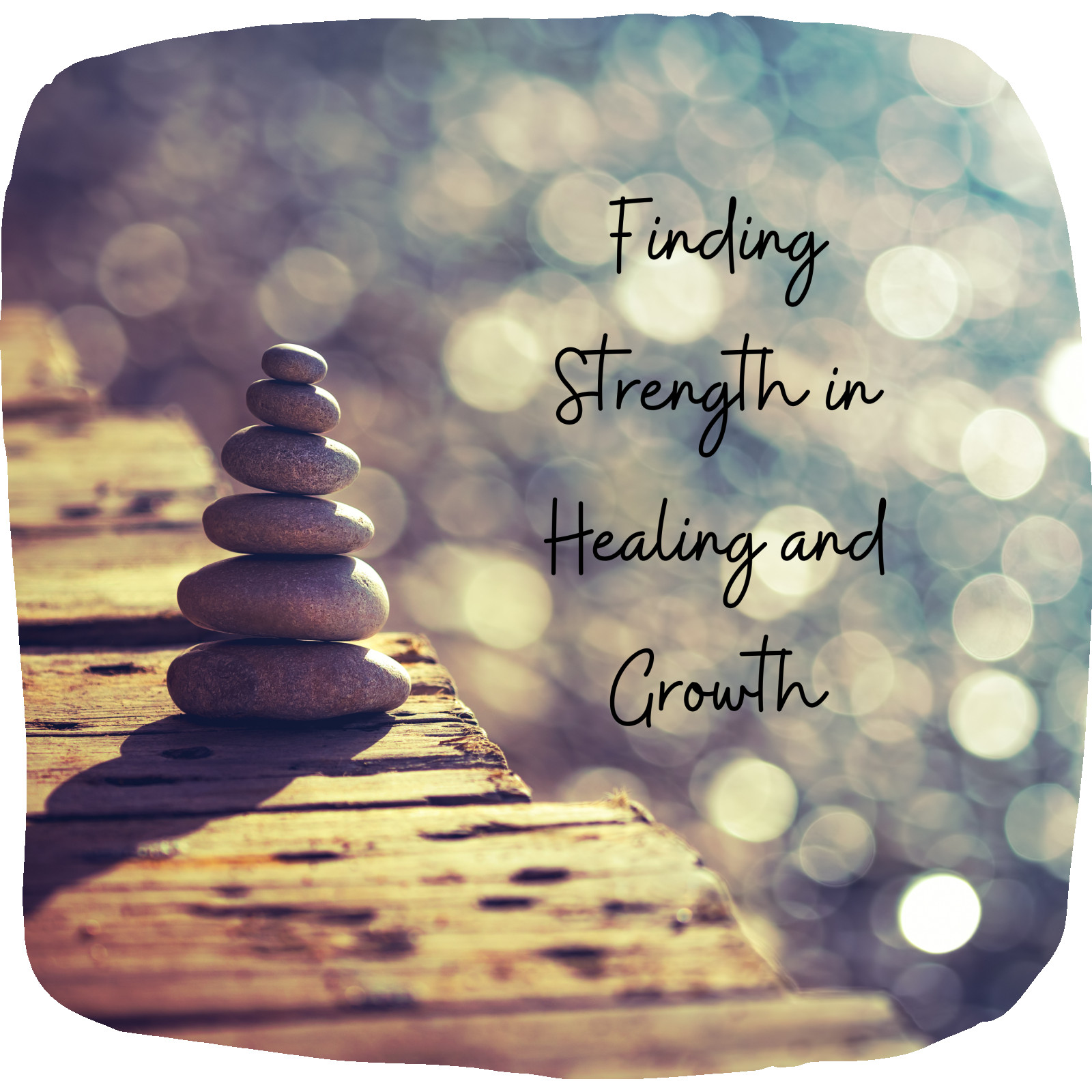
I still remember the early mornings and late nights when it felt like the weight of the world rested on my shoulders. The days stretched endlessly, each one feeling like a battle I wasn’t sure I could win. October is Domestic Violence Awareness Month and I would be remiss not to share my story in hopes of shedding light and offering solace to those who might feel as I once did. The lingering scars of domestic violence are not just physical; they run deep into our emotional well-being. But what happens after? How do we find our way back to ourselves?
In this post, I'm inviting you on a path toward healing and empowerment. It's about reclaiming the parts of ourselves that were lost, building resilience, and nurturing our emotional well-being. Whether you're just starting this journey or are well on your way, there are ways to regain control and find peace. Together, we'll explore practical tools like mindfulness, meditation, and therapy, and see how they can transform our lives.
What Emotional Well-being Means for Survivors
The concept of emotional well-being might seem elusive, especially when it feels like your world has been turned upside down. But understanding it is the first step to reclaiming it. Emotional well-being is about maintaining a balance of emotions, resilience, and the capacity to find satisfaction in life despite the challenges we face. For those of us who have experienced domestic violence, nurturing this aspect of ourselves can be particularly challenging.
When I think back to those difficult days, I remember the internal battles I fought. The feelings of shame and doubt often eclipsed any sense of peace. How could I allow this to happen? Why did I stay? These questions haunted me, compounding the already overwhelming sense of pain. Recognizing that these feelings were normal was the first step toward healing. Survivors face unique challenges—it's not just about overcoming an external situation but also navigating an internal landscape that’s been reshaped by trauma.
Drawing Strength through Mindfulness
Mindfulness became a lifeline for me during the healing process. It’s a practice that invites us to be present, to observe our thoughts and emotions without judgment. Initially, I was skeptical. How could focusing on my breath make the storm inside me any quieter? But it did. Slowly, I learned that mindfulness wasn't about ignoring my pain; it was about acknowledging it and finding a way to coexist with it.
For those of you who are new to mindfulness, start small. Spend a few minutes each day focusing on your breath. Notice how your body feels. Observe your thoughts as they come and go. This practice helped me regain a sense of control over my thoughts and emotions—a crucial step in managing stress and anxiety.
The Power of Meditation in Healing
Alongside mindfulness, meditation became my sanctuary. It's more than just sitting in silence; it's a tool for emotional healing. Through meditation, I found clarity—clarity that allowed me to see the truth of my situation and the strength I held within. Simple meditation exercises can be tailored to support survivors in their healing journeys.
Begin with guided meditations that focus on self-compassion and healing. The soothing voice of a guide can gently lead you into a space where you can confront and release the emotions that have weighed you down. Regular practice can cultivate a sense of peace and acceptance, helping you heal from within.
Seeking Professional Support
In my experience, seeking therapy was perhaps one of the most pivotal steps I took. It was in the presence of a compassionate therapist that I found the courage to confront my past and work towards a healthier future. Therapy offers a safe space to explore the complexities of our emotions and experiences.
Finding the right therapist can be daunting, but it's important to find someone who you feel comfortable with and who understands the unique challenges that come with surviving domestic violence. Consider reaching out to support groups or organizations that specialize in trauma-informed therapy. They can provide valuable resources and recommendations.
Building Resilience for a Brighter Future
Resilience is the silent strength we draw upon to move forward, despite our past. It’s about bouncing back and finding new paths. For survivors, building resilience is essential. But what does that look like? For me, it meant setting boundaries and prioritizing self-care. It meant finding a community of support that uplifted me.
Start by identifying what resilience means to you. Is it about cultivating inner strength, or perhaps finding joy in small moments? Set boundaries to protect your emotional well-being. Engage in activities that bring you joy and connect with people who inspire and support you. Remember, resilience isn’t about never falling; it’s about rising every time you do.
Conclusion
The road to healing and empowerment after experiencing domestic violence is not a straight line, nor is it a solitary journey. It's filled with moments of doubt and triumph, and it's okay to ask for help along the way. Nurturing your emotional well-being is a lifelong process, one that requires patience and self-compassion.
If you're reading this, know that you're not alone. There are countless others who understand and support you. Consider joining our support community, where you can connect with fellow survivors and mental health advocates. Together, we can share stories, offer encouragement, and continue on this path toward healing and resilience.
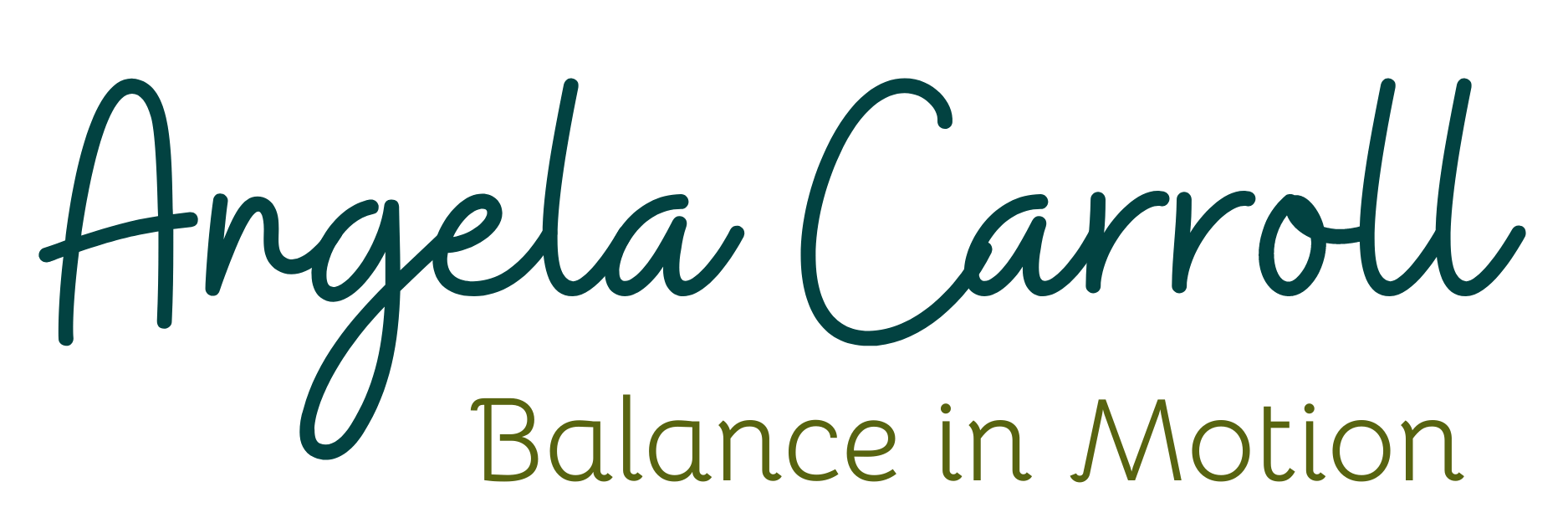

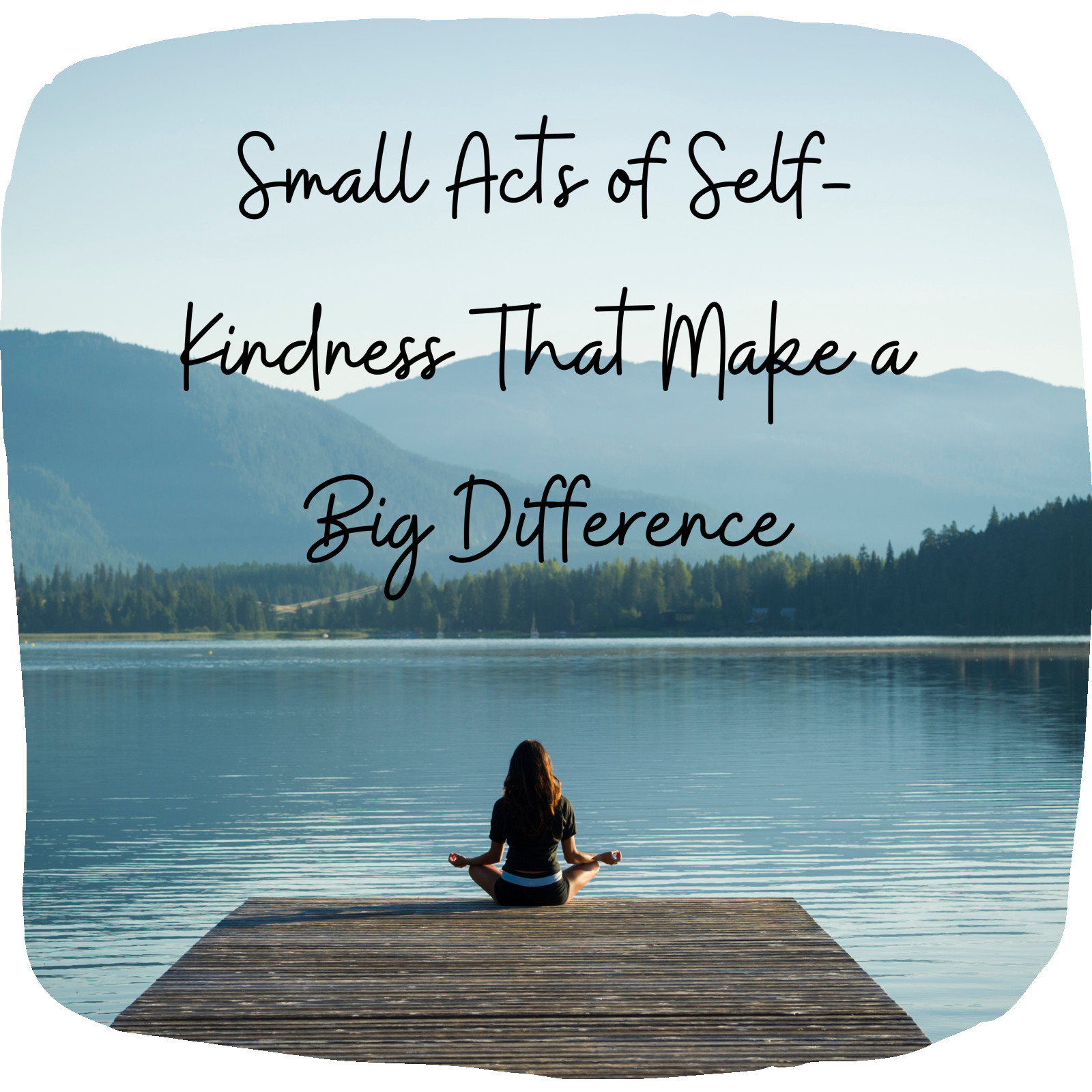


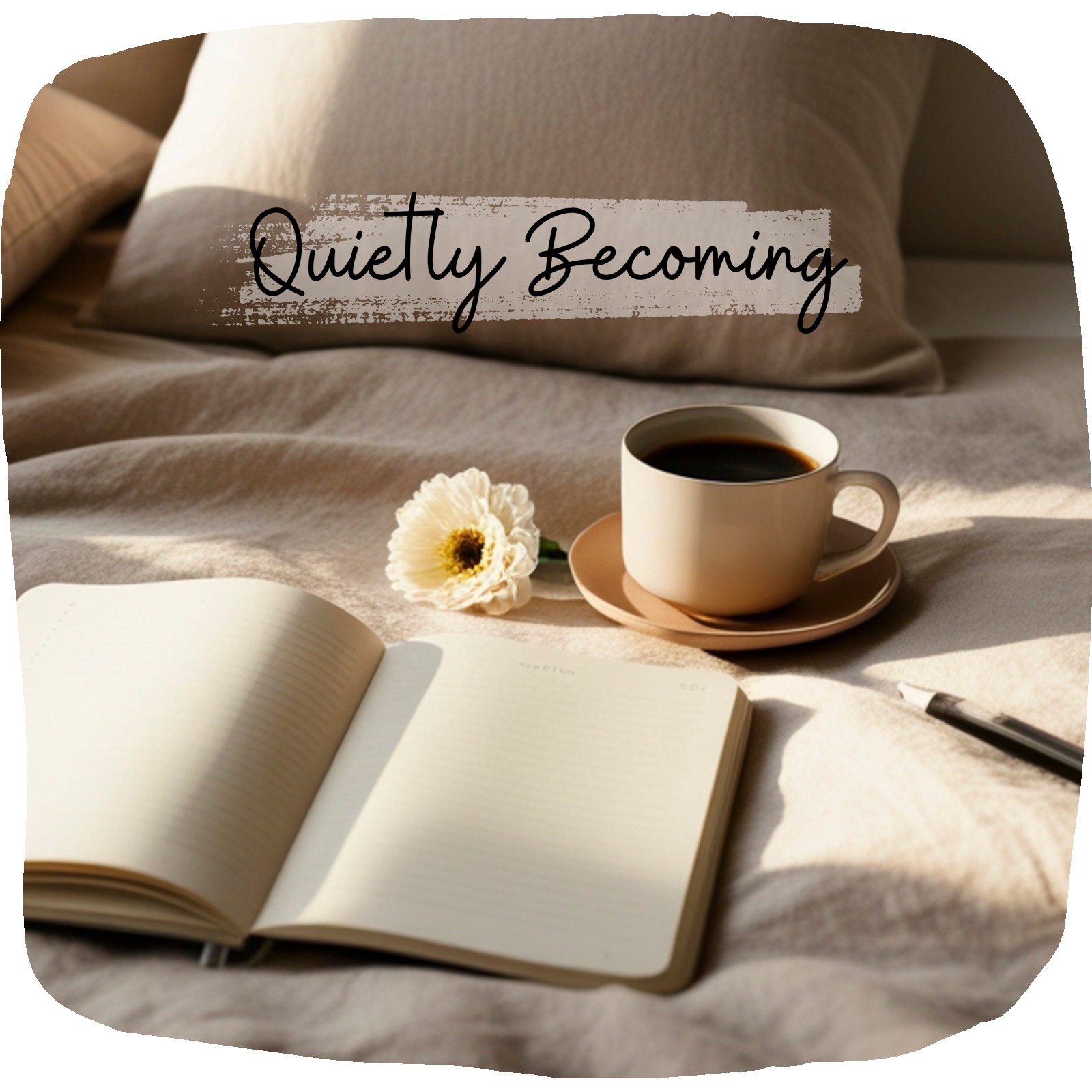
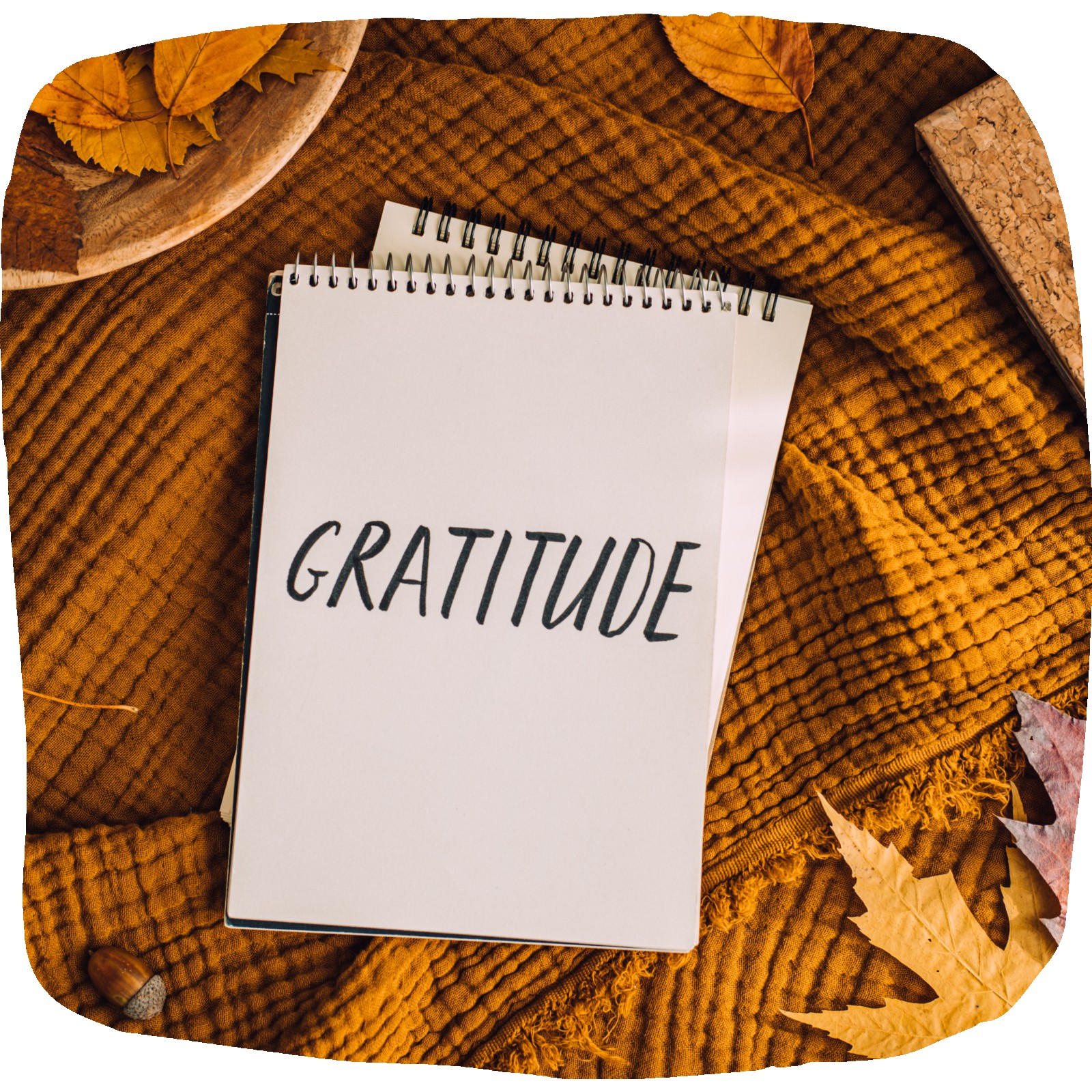
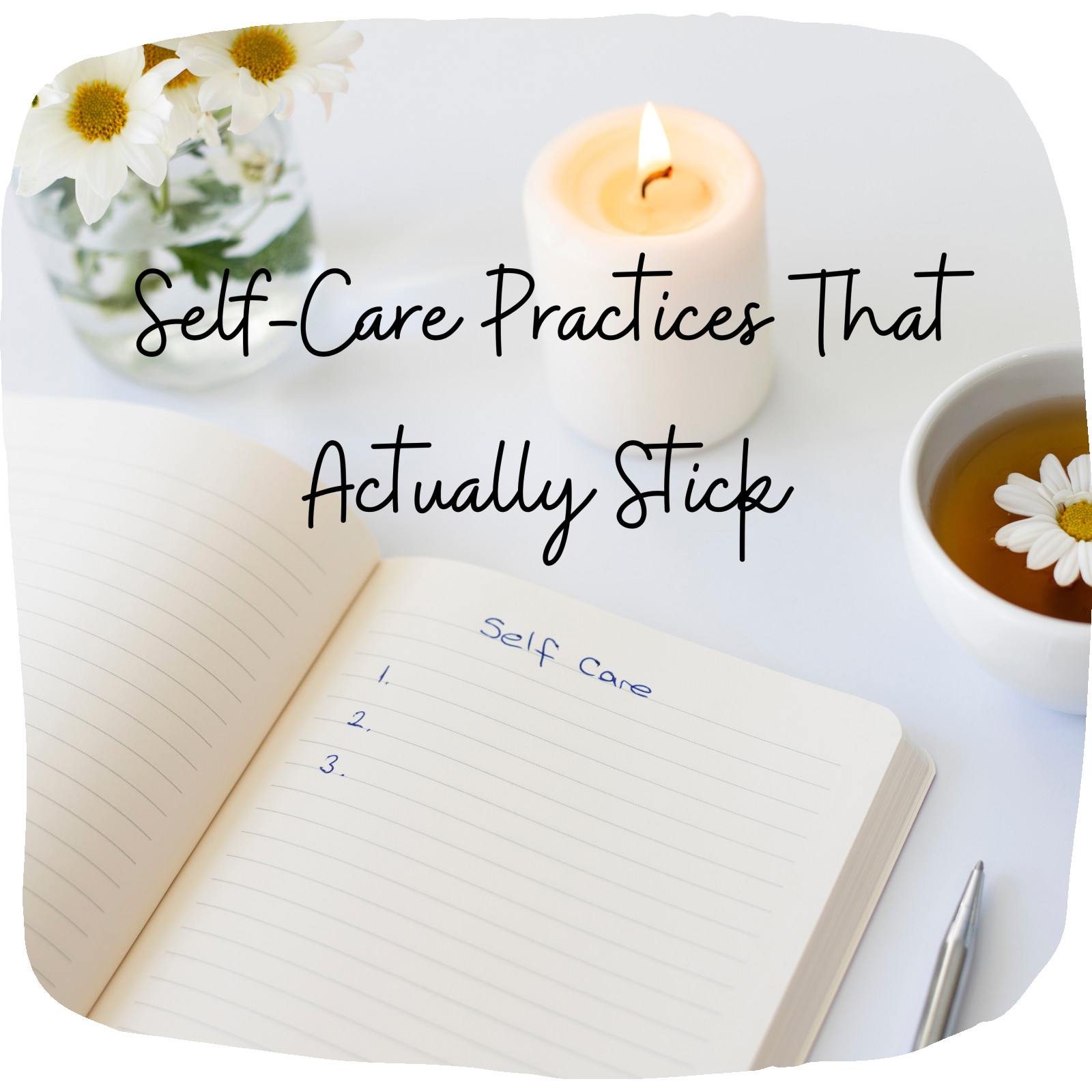
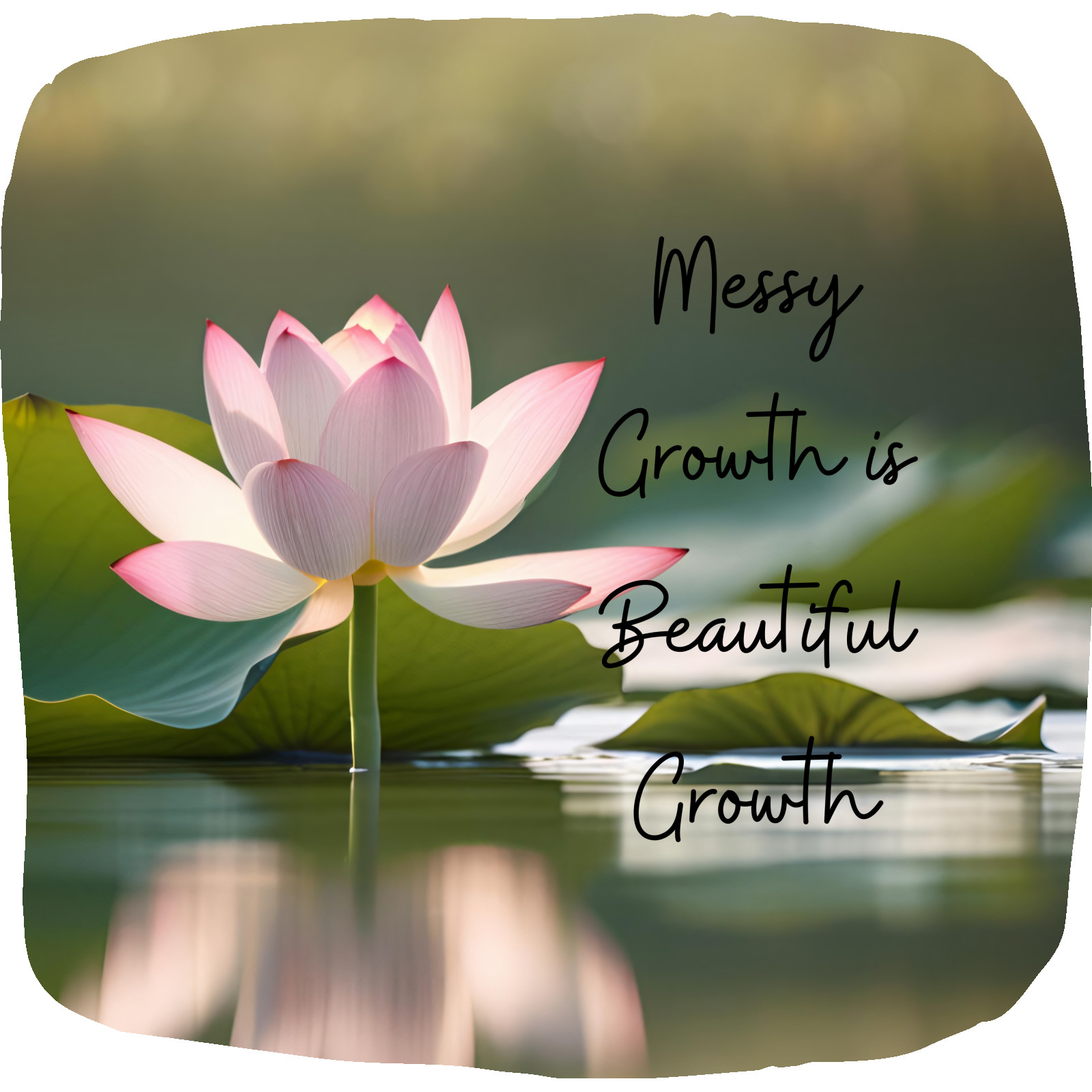
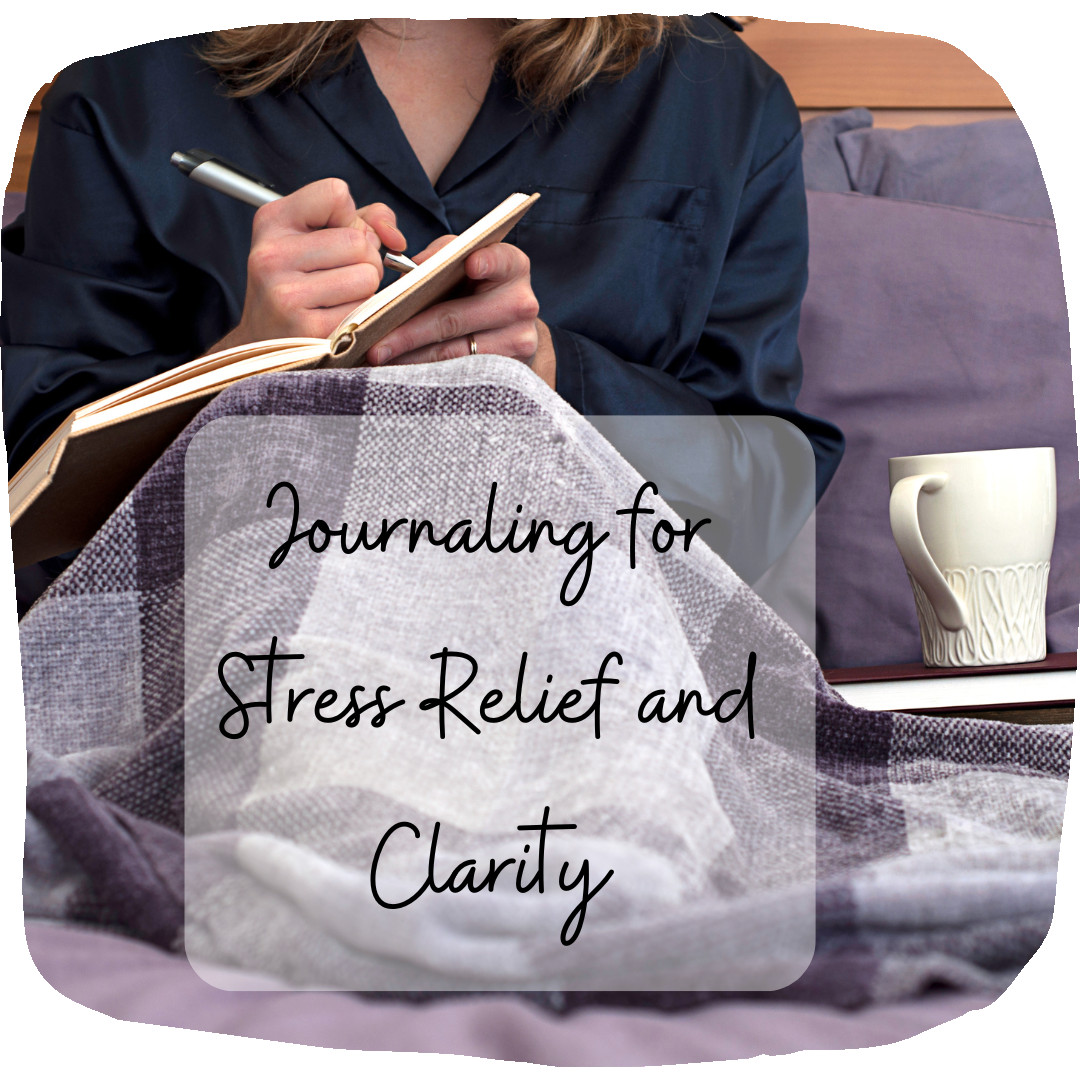
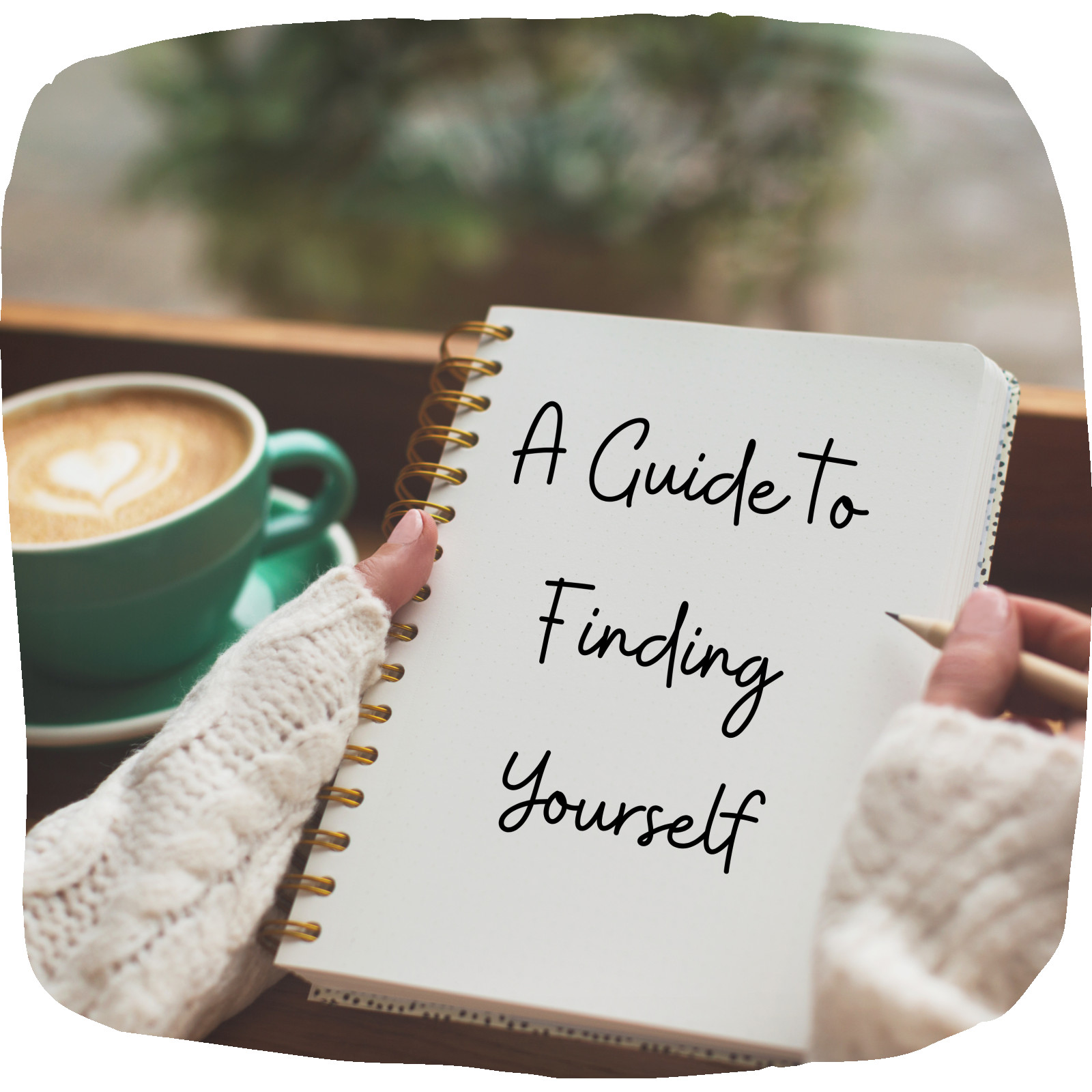






0 Comments